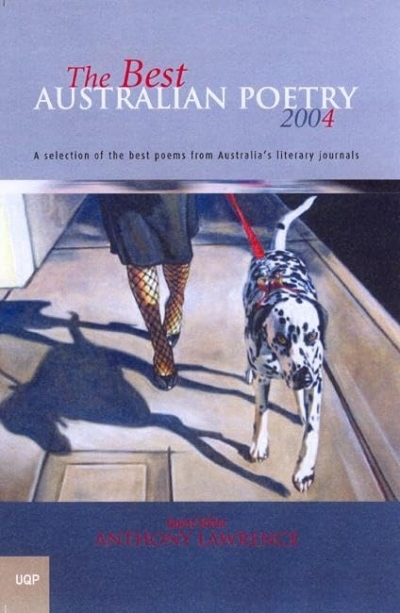Accessibility Tools
- Content scaling 100%
- Font size 100%
- Line height 100%
- Letter spacing 100%
Les Murray
The Best Australian Poetry 2004 edited by Anthony Lawrence & The Best Australian Poems 2004 edited by Les Murray
Paul Kane reviews ‘The Poetry of Les Murray’ edited by Laurie Hergenhan and Bruce Clunies Ross, ‘Les Murray’ by Steven Matthews, and ‘Poems the Size of Photographs’ by Les Murray
You might expect a book of eighty-eight new poems by Les Murray to be sizeable (most of his recent single volumes run to about sixty poems each). But Poems the Size of Photographs is literally a small book, composed of short poems (‘though some are longer’, says the back cover) ...
... (read more)Despite the protestations of my close friends I choose to regard myself as a normal person. Only at certain times of the year do I realise how tenuous are my links with the mundane world.
One of these troublesome occasions is when I prepare my income tax form.
... (read more)Dog Fox Field by Les Murray & Blocks and Tackles by Les Murray
The New Oxford Book of Australian Verse edited by Les A. Murray
The Australian Year: The chronicle of our seasons and celebrations by Les A. Murray
Les Murray describes his poetry as ‘a celebration of life; a contemplation of life in ways that interest and delight people and make them reflective’. Poetry, he says, is ‘primarily not to be studied, it is to be read’.
... (read more)





